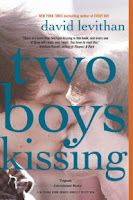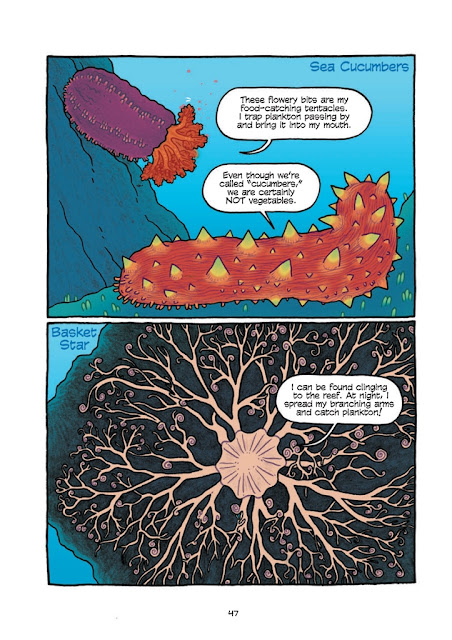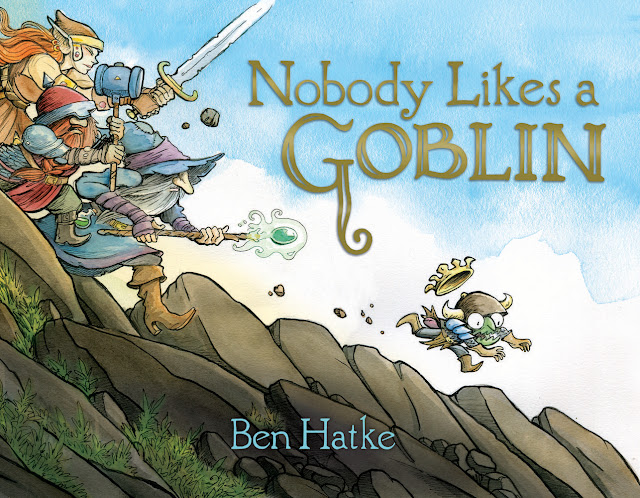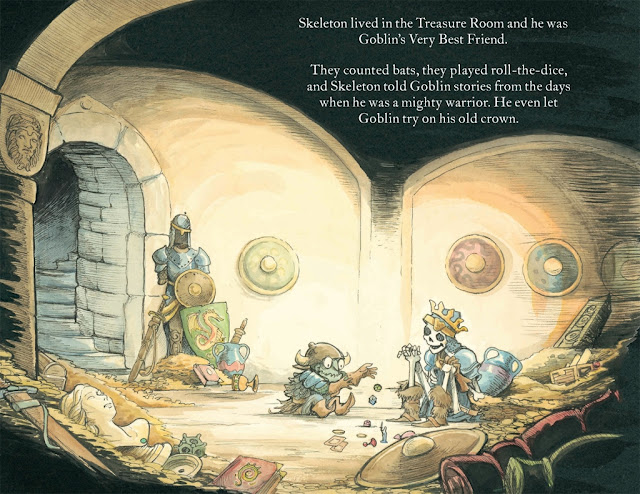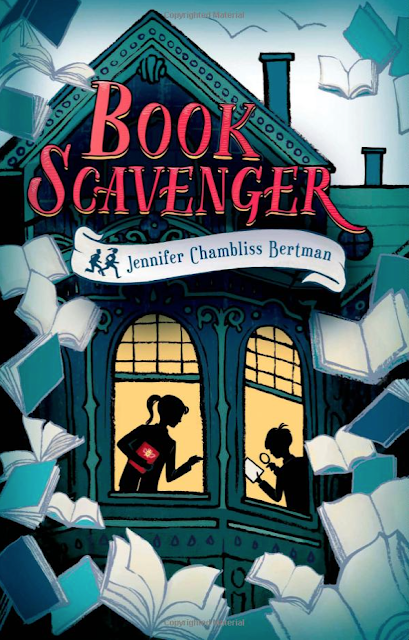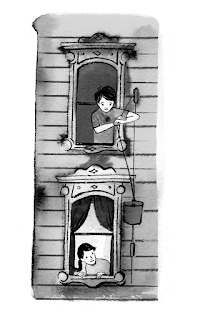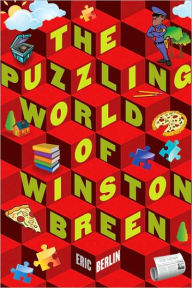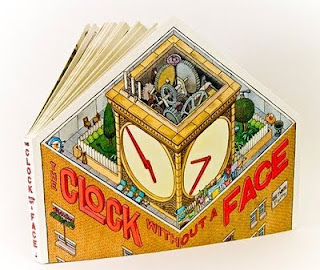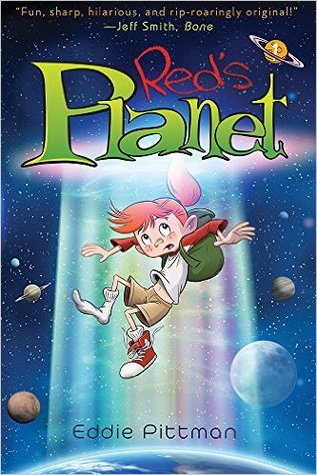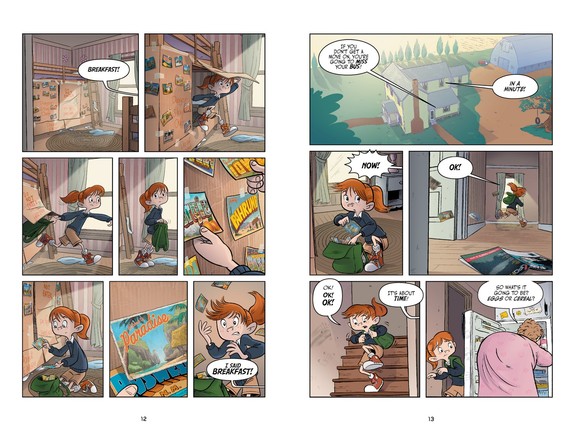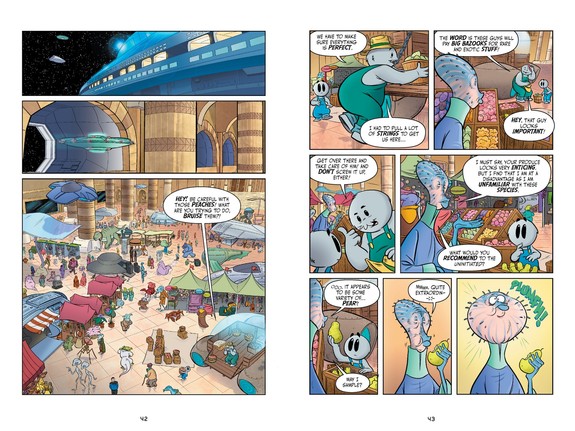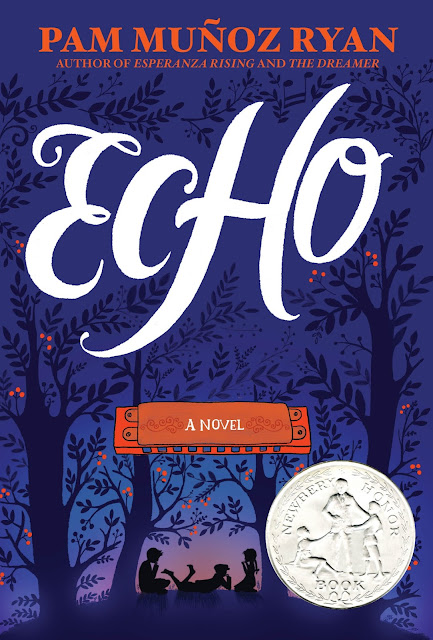
I missed Echo by Pam Muñoz Ryan when it came out in February of 2015. Scholastic is one of the few publishers I don't get review copies from and, working in a library instead of a bookstore now, I an not as up on what's new in the world of kid's books as I once was. I even missed the March, 2015 review of Echo in the New York Times Book Reivew, which I usually scour. Echo crossed my radar in January of this year when it won a Newbery Honor, along with two other superb books, The War that Saved My Life and Roller Girl. While I hate the fact that I didn't read Echo right when it came out, I am so, so glad that I knew absolutely NOTHING about it (save that it won an award) before I began listening/reading it. Having worked with and been an avid reader of children's literature for more than 20 years, I've kind of read it all. There aren't too many plots or characters that surprise me or feel really new and original. Echo surprised me - it's as if A. S. Byatt, an author of novels for adults that are magnificently crafted and often centered around a work of art - wrote a kid's book. If you want to be surprised by a story and you trust me and the librarians who hand out the Newbery awards, stop reading my review after the next sentence and go out and get your hands on a copy of Echo. Actually, I very, very strongly suggest LISTENING to the audio of this book (as well as buying it - you WILL want to own it) because - tiny spoiler alert - music is an integral part of Echo, and you get to hear it in the audio.
Stop reading HERE if you want to be surprised
****************************************
I was definitely surprised when I started listening to Echo and there were music credits before the story began. I was especially surprised when harmonica music kicked in. Like several minor characters in the book, I, too, did not take the harmonica seriously - nor did I notice the drawing (wonderful artwork by Dinara Mirtalipova) of one on the cover and spine of Echo! Echo is a work of historical fiction wrapped in the cloak of a fairy tale that is ultimately a story about the power of music to, "pass along . . . strength and vision and knowledge," and even overcome fear, intolerance and hatred. The story visits three very different children at three different times, starting in 1933 and ending in 1942. The common thread that connects these three children is their passion for music, embodied, at that time, in the harmonicas that they own. Surrounding these stories is the tale of a boy that begins just before the start of the 20th century. From a Gypsy, who presses a mouth harp on him for free, he buys a book titled, The Thirteenth Harmonica of Otto Messenger. The book tells the story of three abandoned princesses with beautiful singing voices. Trapped in the woods under the spell of a witch, they need a messenger to take something out into the world for them, something that will break the spell. Becoming lost in the woods, Otto meets the three princesses from the book. Desperate to know the end of their story, they enchant the harmonica that the Gypsy gave him and he agrees to send it into the world where, if it can "save a soul from Death's dark door," the spell will break and the princesses can return home.
The stories of the three central children in Echo would have been a satisfying book on their own, but linking them with the fairy tale of the three sisters imbues Ryan's novel with a quality of hopefulness and beauty, much like the sound of a well played harmonica. Part one begins in 1933, in Tossingen, Germany, with young Friedrich, a gifted musician. Part two begins in Pennsylvania, 1935. The third and final part begins in 1942, just after Pearl Harbor, in California, a harmonica at the heart of each story. Friedrich has a port wine birthmark on his face and suffers from seizures. Hitler's persecution of physically disabled forces Friedrich and his family to make difficult choices and his story ends without closure, his life in danger. Part two, features orphan brothers, the eldest of whom is a gifted musician, with his only hope for survival hinging on his ability to make it into a renowned harmonica band. Mike and Frankie are adopted by a painfully grieving heiress who needs to produce an heir to keep her fortune, their story also ending in a moment of danger and uncertainty. Finally, Ryan turns to Ivy Maria Lopez, shining a light on xenophobia and racism.
It is Fresno, 1942, and Ivy is the child of migrant farm workers. Her brother, Fernando, has just enlisted and her father has just accepted a job running a farm in Orange County. When they arrive at the farm, the Lopez's discover that it belongs to a Japanese-American family that has been sent to an interment camp. Their oldest child, a son in the Marines, is coming home on leave to sign the running of the property over to Mr. Lopez, if he approves of him. Ivy, and her parents, struggle to understand how the Yamamoto family, with a father who fought in WWI and a son fighting in WWII could be treated this way, while at the same time Ivy experiences racism and segregation when she learns that she is not allowed to attend her neighborhood school, but must go to one that will "Americanize" children like her. Living in California and working with the children of immigrants, many of whom are also the children of migrant workers, this part of the story resonated most with me.
The last two parts of the novel tie together all three stories in a marvelous, deeply satisfying way that had me weeping. Ryan returns to the fairy tale, bookending Echo with the conclusion to the story of the three princesses as well as the story of Otto, now the messenger, and the enchanted harmonica that he must send out into the world and how it gets there. Echo is a big book, but as many reviewers have said, and as was my experience, you will soar through it, drawn along by the beauty if Ryan's writing, the craft of her story and the humanity of her characters.
Source: Purchased Book & Audio Book
 What knocks Ferocious Fluffity out of the park are Perl's perfectly paced rhymes and Cole's expressively hilarious illustrations. Even though Mr. Drake, the teacher cautions the class, "Look -don't touch. She's too little. It's too much," the one morning he is late to school, the class can't wait to get their hands on Fluffity. They find out very quickly that Fluffity can't wait to get her teeth in them... Cole's illustrations of the ferocious hamster lunging, teeth bared, are fantastically funny. Once things settle down and Fluffity is back in her cage, the class figures out how to meet her needs (with more hilarious illustrations) and they even feel ready for a second class pet. I'll give you a clue - this pet's name (and species) rhymes with cake.
What knocks Ferocious Fluffity out of the park are Perl's perfectly paced rhymes and Cole's expressively hilarious illustrations. Even though Mr. Drake, the teacher cautions the class, "Look -don't touch. She's too little. It's too much," the one morning he is late to school, the class can't wait to get their hands on Fluffity. They find out very quickly that Fluffity can't wait to get her teeth in them... Cole's illustrations of the ferocious hamster lunging, teeth bared, are fantastically funny. Once things settle down and Fluffity is back in her cage, the class figures out how to meet her needs (with more hilarious illustrations) and they even feel ready for a second class pet. I'll give you a clue - this pet's name (and species) rhymes with cake.







